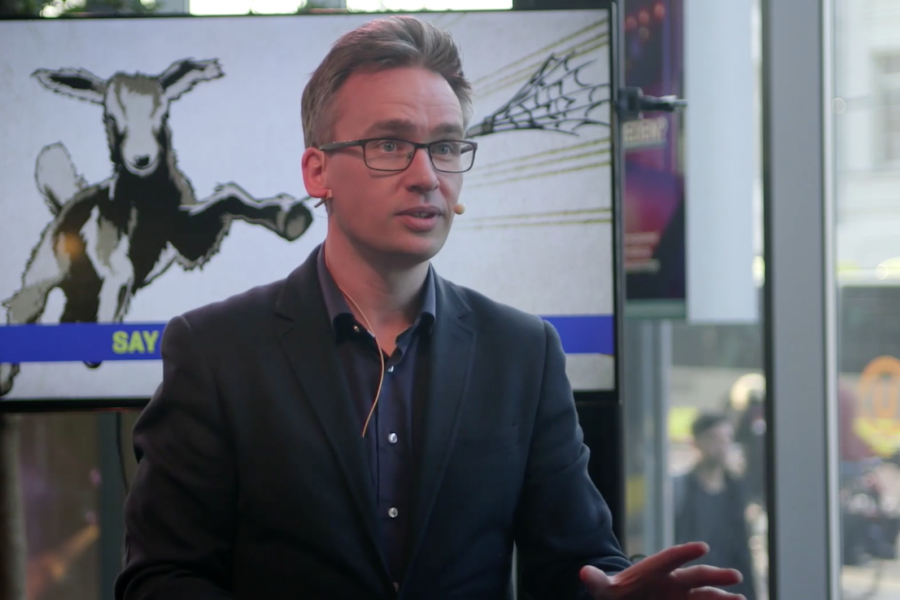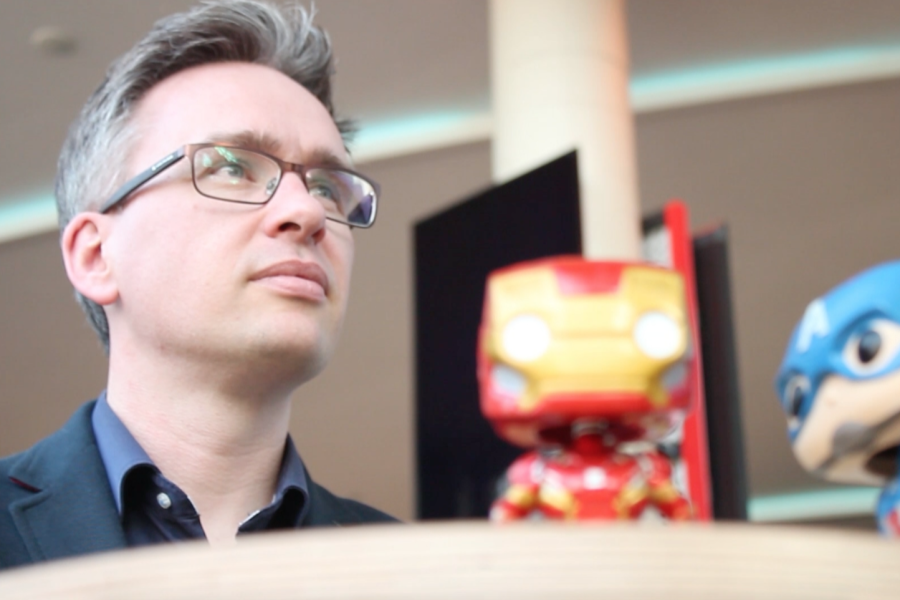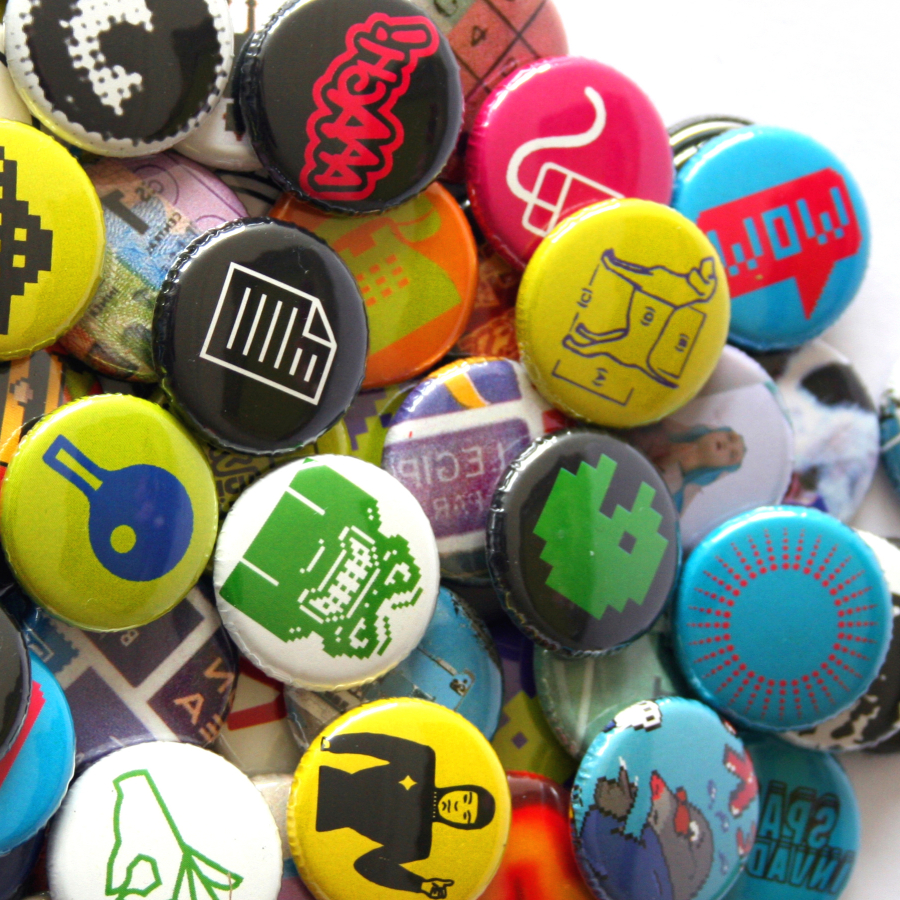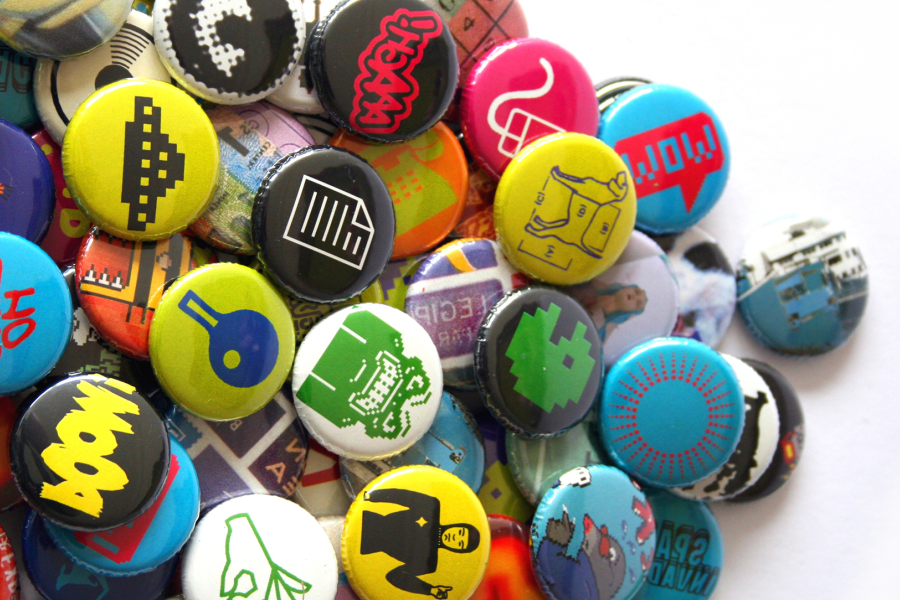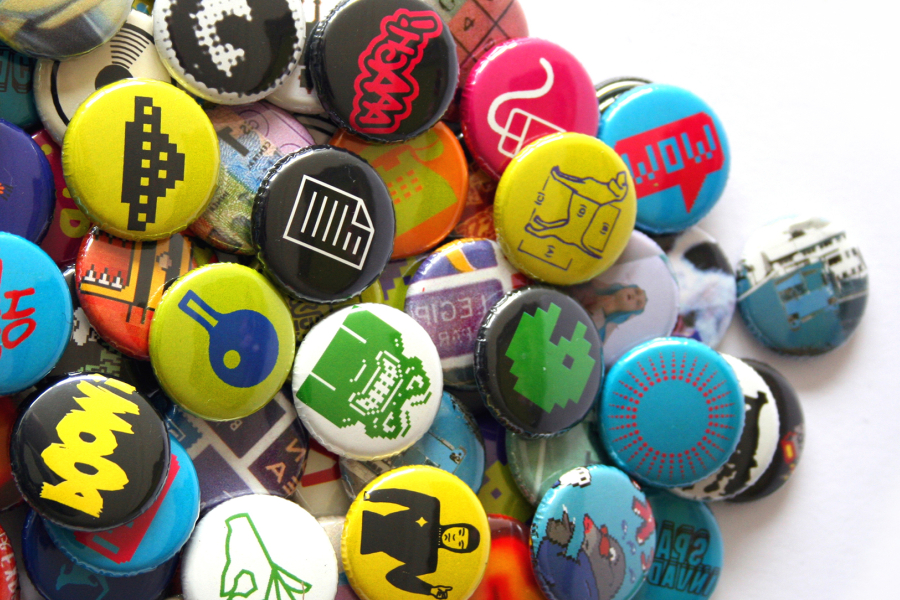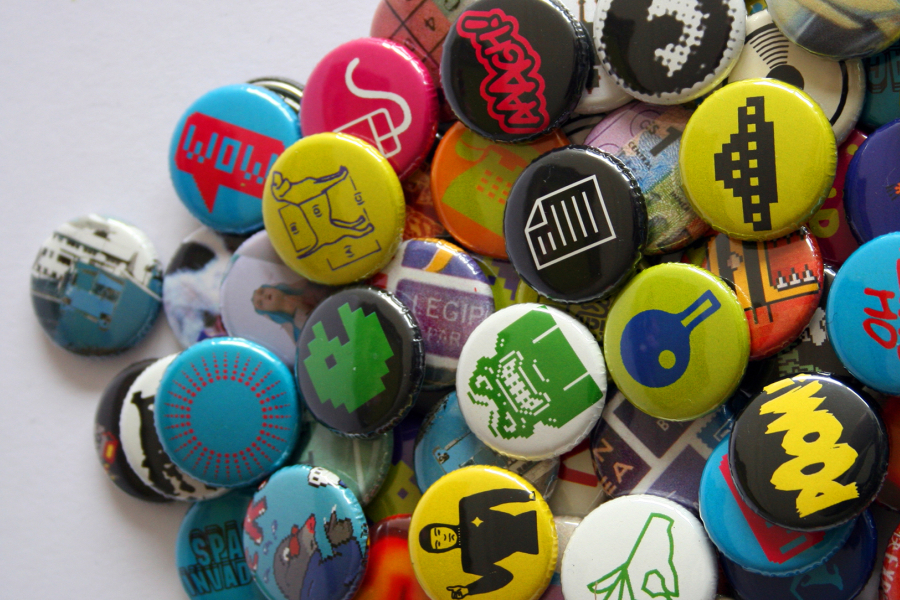Unmasking the science of superheroes
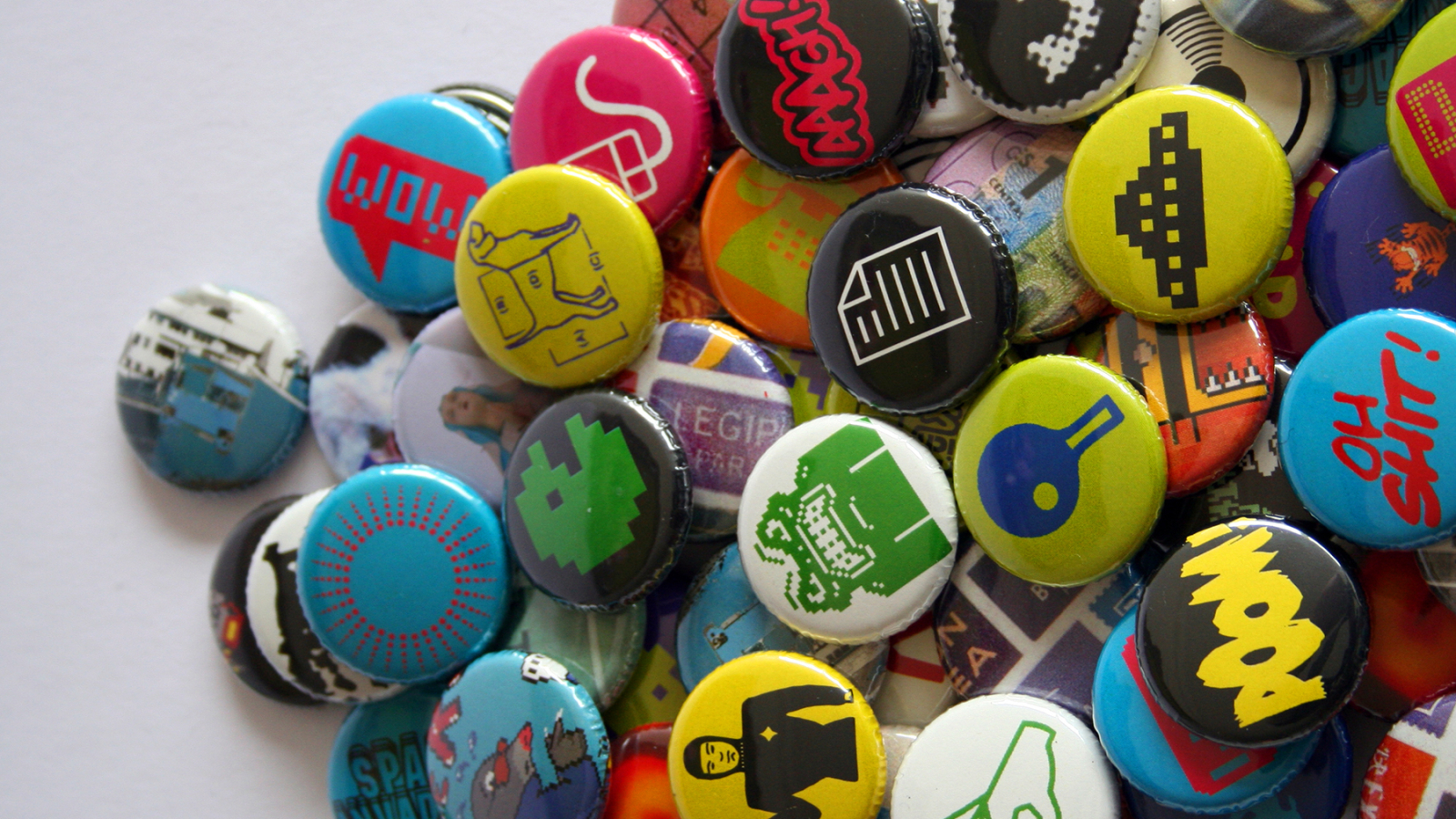
Have you ever dreamed of flying like Superman? Or being able to heal like Wolverine? In the third lecture of Pop Culture Matters computational scientist Barry Fitzgerald (TU Delft) explains that many of the powers of superheroes are actually within scientific reach. Fitzgerald is an avid superhero fan (he's seen The Avengers about 50 times), but it's not just for fun. He has read many scientific publications and interviewed scientists around the world to examine how and when certain powers could become reality. This has resulted in three books. According to Fitzgerald, superhero movies (and comics) can inspire researchers and audiences to explore the ways science can enhance our future. But with great power comes great responsibility. We should always consider the implications of technological advancements and the integration of superpowers for modern society.
Technological innovation
Fictional superpowers of the technological kind are fascinating. Take for example the famous Iron Man suit - a powered exoskeleton worn by superhero Tony Stark when he takes on his superhero identity.
YouTube features many videos by people explaining the workings of the suit (why doesn't it kill him?), or even trying to build their own. In the Iron Man movie Tony Stark says the armor is composed of a light and strong titanium and gold alloy, that is resistant to gunfire and can endure freezing temperatures, crashes and powerful attacks from destructive weapons. Not so long ago, scientists discovered a new alloy 'four times harder than titanium' by melting together titanium and gold. A superhard but light material quite similar to the one used by Stark.
A flying suit is not here yet, but what about invisibility? Scholars at the University of Rochester have discovered how to build an invisibility cloak: they've even made the instructions public. Although initially inspired by Harry Potter, their design does not involve magic, but lenses. Fitzgerald predicts that the ability to become invisible will be within scientific reach somewhere in the next ten years.
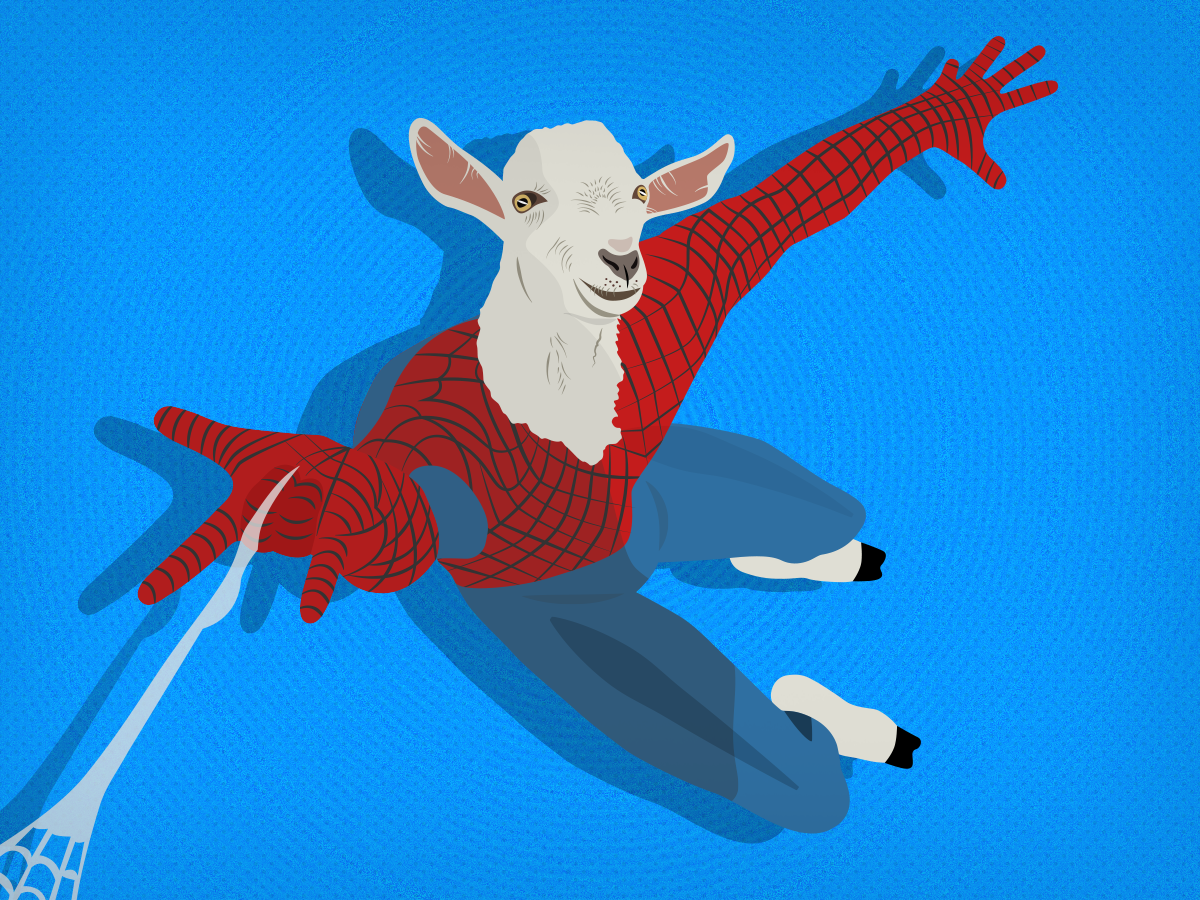
Tinkering with biology
Besides technological superpowers there are biological ones. Prime examples are the mutants in the X-Men movies and comics. Characters such as Professor X, Storm, Deadpool and Wolverine have a genetic mutation called the 'X-Gene' that causes their bodies to develop abilities that regular humans don't. Gene mutations are a hot topic in academia: biomedical scientists are working hard on solutions to unravel nature's flaws. Mutations can result in many different types of changes in DNA sequences - they can either have no effect, alter the product of a gene, or prevent the gene from functioning properly or completely. So a mutation can have no effect at all or cause a very grave genetic disorder.
Recently CRISPR-Cas9 was developed, a unique technology that enables geneticists and medical researchers to edit parts of the genome by removing, adding or altering sections of the DNA sequence (watch this video for the mechanism behind it). So if you think freely and completely out-of-the-box and the X-gene would really exist, we could add it to our DNA. In real life, scientists are already experimenting with this, mixing genes from different species. A curious example of this, is the so-called 'spider-goat'. Spider silk is one of the toughest fibres (even tougher than Kevlar, which is used as a bullet-proof material by artist Jalila Essaïdi), but extracting enough silk from spiders to produce useable amounts of material would be close to impossible. In the US they have genetically modified goats to produce large quantities of a sort of spider silk that is among the strongest substances known to man. Because of a transplanted gene the goat produces milk containing an extra protein, which is then extracted and spun into spider silk thread.

Good or evil?
Technological advancements always raise many ethical questions. The conversation about the ethics of human modification has been around since the 1980s, when scientists started using cruder forms of gene editing. When the CRISPR-Cas9 system was made public, newspaper headlines screamed "designer babies". If superpowers do come within reach and we start imagining a future of modified superhumans, caution is adviced. As an example, Fitzgerald stresses the importance of the brain and mind: to mess with the mental powers of persons may give rise to negative repercussions. Superheroes usually use their powers to fight evil. But if you had a superpower yourself: would you only use it to do good?

